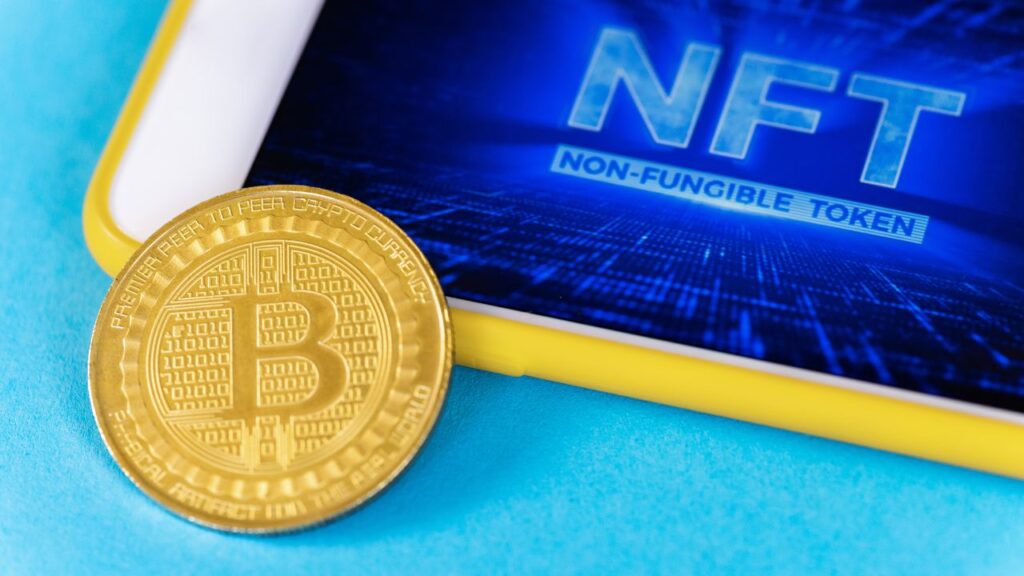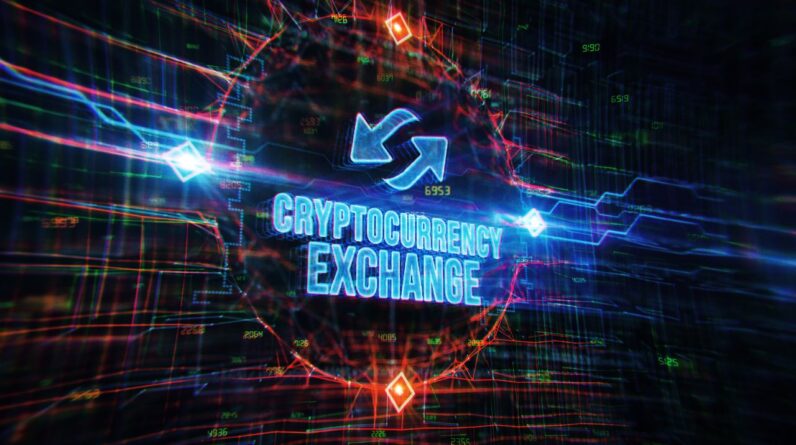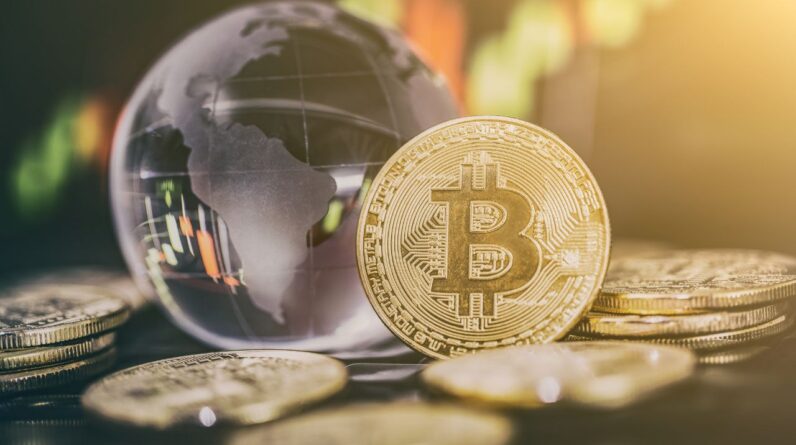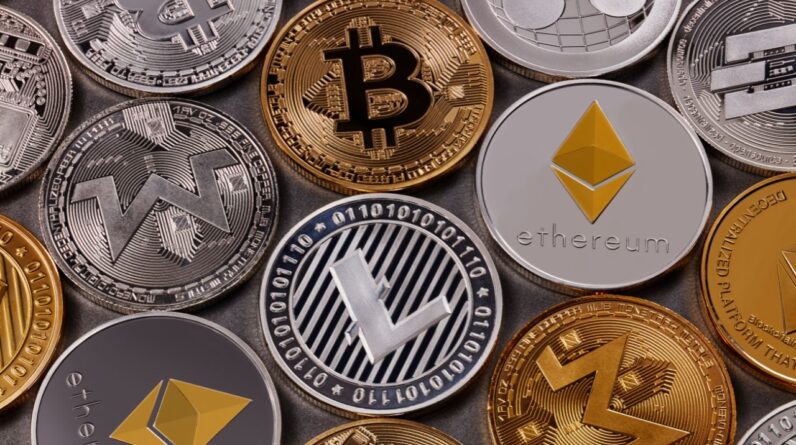
In recent years, the terms “cryptocurrency” and “non-fungible tokens” (NFTs) have gained widespread recognition in the digital realm. This article explores the distinctions between these two digital assets.
Cryptocurrency Explained
Cryptocurrency is a decentralized digital currency that utilizes encryption techniques for secure transactions. It operates on blockchain technology, a distributed ledger maintained by a network of computers, ensuring transparency and security without central oversight.
What are NFTs?
NFTs are unique digital tokens that cannot be exchanged on a one-to-one basis like cryptocurrencies such as Bitcoin. Each NFT represents a distinct digital item, like art, music, or virtual assets, authenticated and stored on a blockchain.
Key Differences
- Fungibility:
- Cryptocurrencies are fungible, meaning each unit is interchangeable with another of the same value.
- NFTs are non-fungible, representing unique assets whose value is based on their uniqueness and scarcity.
- Function:
- Cryptocurrencies primarily serve as a medium of exchange or store of value for financial transactions.
- NFTs function as proof of ownership and authenticity for digital assets, enabling ownership rights to be verified on the blockchain.
- Market Applications:
- Cryptocurrencies are commonly used for payments, investments, and as a hedge against inflation.
- NFTs find application in digital art, gaming, collectibles, and other sectors where unique digital ownership is valued.
- Volatility and Stability:
- Cryptocurrencies are known for their market volatility, influenced by factors such as market sentiment and regulatory developments.
- NFTs, due to their uniqueness and non-interchangeable nature, exhibit more stability in value compared to cryptocurrencies.
Conclusion
While both NFTs and cryptocurrencies are revolutionary in their own right, they serve distinct purposes in the digital economy. Cryptocurrencies provide decentralized financial transactions and investment opportunities, whereas NFTs revolutionize digital ownership and verification.
Understanding these differences is crucial for investors and enthusiasts navigating the evolving landscape of digital assets. As both technologies continue to evolve, their impact on finance, art, and digital ownership will shape the future of global markets.





